Motion Simulation and Optimization Design of FSAE Racing Car Rear Suspension
DOI: 10.23977/jemm.2022.070107 | Downloads: 71 | Views: 1948
Author(s)
Jingkai Li 1, Bo Wu 1, Hongrui Kou 1
Affiliation(s)
1 School of Mechanical & Power Engineering, Harbin University of Science and Technology, number 52 XueFu Drive, Harbin ,China
Corresponding Author
Jingkai LiABSTRACT
To improve the handling performance and stability of the racing car in the race, we analyze and optimize the rear suspension of the racing car. Firstly, we get the parameter values of the rear suspension according to the relevant experience at home and abroad. According to the results, the rear suspension model was constructed by CATIA. Then, Adams/Car was used to establish the modeling and simulation analysis, and the unsatisfactory parameters were optimized by Adams/Insight. Finally, ANSYS is used to analyze the main acceptance components of the rear suspension to optimize the suspension system. The result is a rear suspension system that complies with FSAE race rules.
KEYWORDS
FSAE, Racing car rear suspension, The simulation optimization, Finite element analysisCITE THIS PAPER
Jingkai Li, Bo Wu, Hongrui Kou, Motion Simulation and Optimization Design of FSAE Racing Car Rear Suspension. Journal of Engineering Mechanics and Machinery (2022) Vol. 7: 49-61. DOI: http://dx.doi.org/10.23977/jemm.2022.070107.
REFERENCES
[1] Shengyu WU. Research on Vehicle Roll Motion Based on ADAMS [D]. Nanjing University of Aeronautics and Astronautics,2007.
[2] Wangyu WANG. Automobile Design [M]. China Machine Press, 2007:183 200-206 207 210.
[3] Zhijian Gou, BAO Mingquan. Kinematics Analysis of Double Wisharm Independent Suspension Mechanism Based on ADAMS/VIEW [J].Machinery Design & Manufacture,2007(08):170-172.
[4] Zhiping HUANG. Research on Performance of Five-link Suspension Based on ADAMS [D]. Southwest Jiaotong University,2009.
| Downloads: | 11122 |
|---|---|
| Visits: | 423100 |
Sponsors, Associates, and Links
-
Cybernetics and Mechatronics
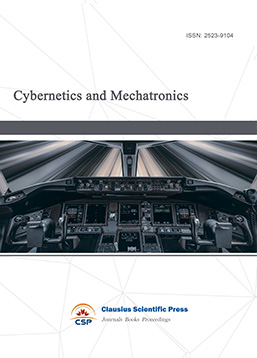
-
Digital Manufacturing and Process Management
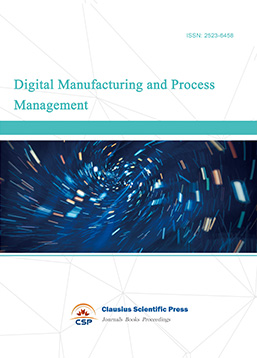
-
Ultra-Precision Machining Process
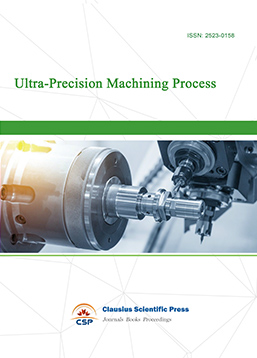
-
Journal of Robotics and Biomimetics
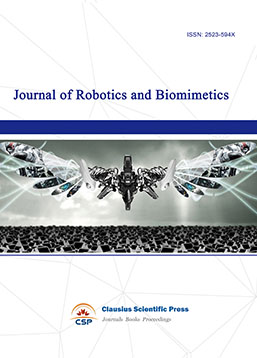
-
Prognostics, Diagnostics and Health Management
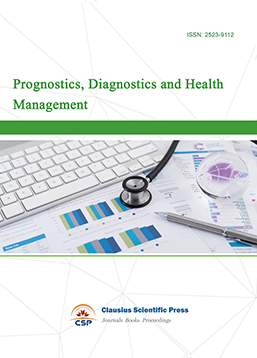
-
Micro-Electro-Mechanical Systems
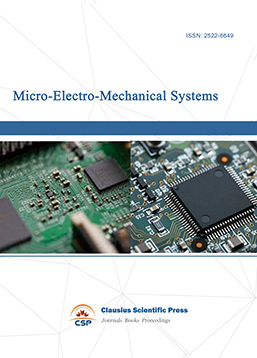
-
Journal of Precision Instrument and Machinery
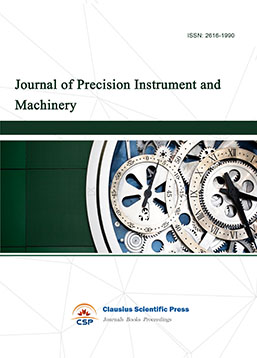
-
Engineering and Solid Mechanics
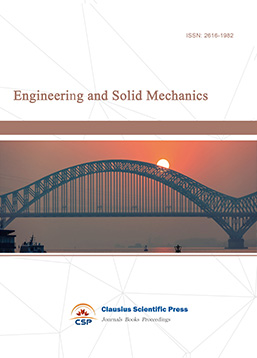
-
Fracture and Damage Mechanics
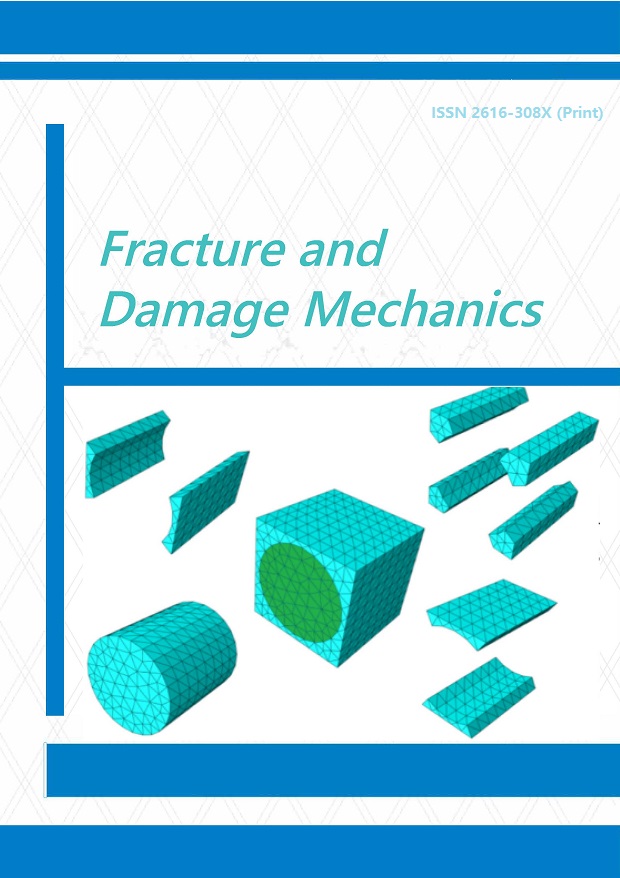
-
Frontiers in Tribology
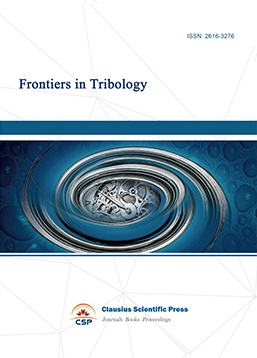
-
Fluid and Power Machinery
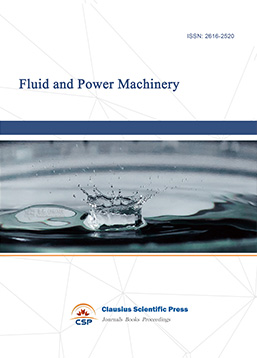
-
Chemical Process Equipment
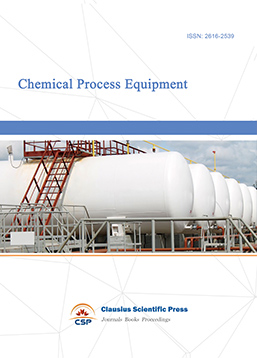
-
Journal of Assembly and Manufacturing
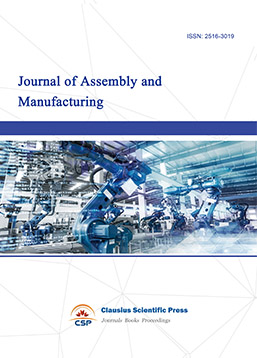
-
Mechanical Vibration and Noise
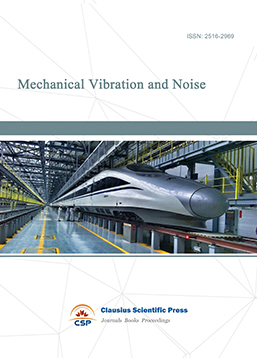

 Download as PDF
Download as PDF